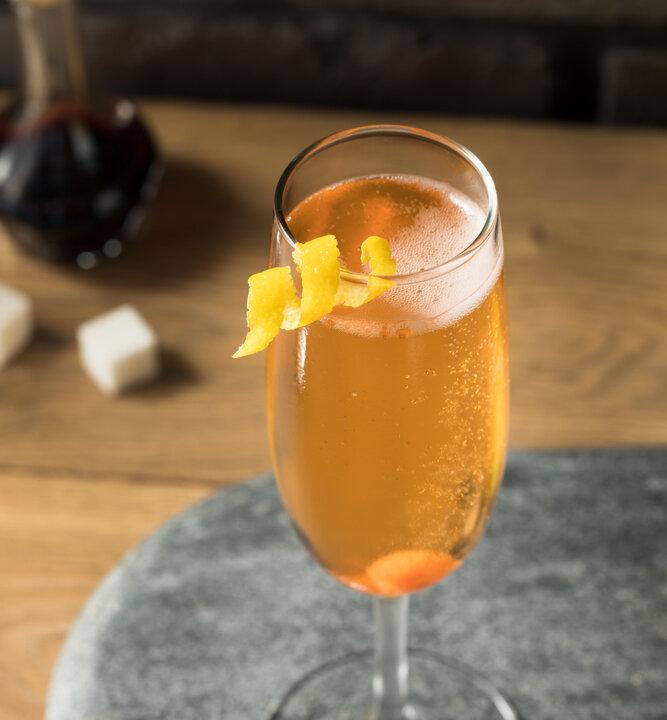‘Tis the season for popping a bottle of bubbly, but along with proposing toasts, may we propose a cocktail as well?
You can find dozens of variations for Champagne mimosas, spritzes, fizzes, and punches (or stronger stuff such as the French 75 or a Kir Royale), but often the wine takes the backseat or at least the passenger’s side. Not so with the simple, truth-in-name Champagne Cocktail. While no one can pinpoint with certainty a creator or the exact date, the first instructions in text are from “How to Mix Drinks, or The Bon-Vivant’s Companion” by Jerry Thomas, published in 1862.





